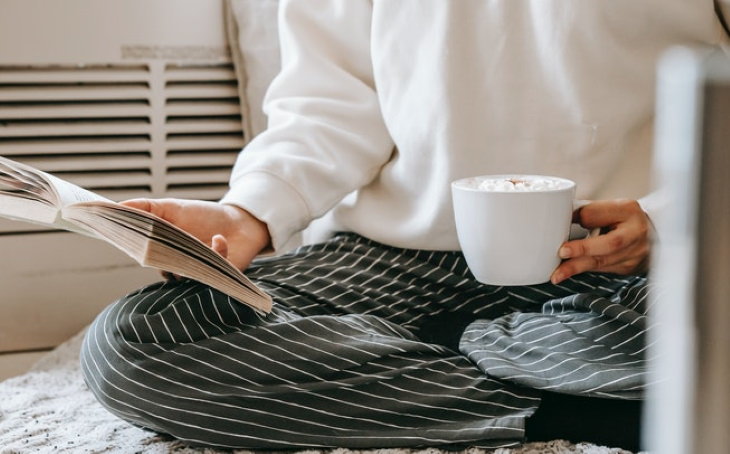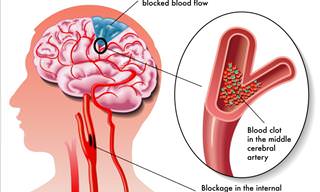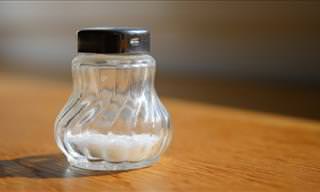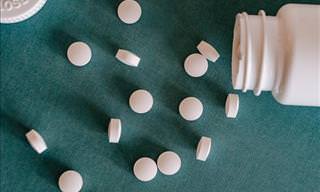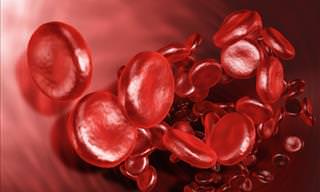Who can develop blood clots and why?
Even though anyone can have a blood clot, medical researchers point out that certain people are at a greater risk of developing a dangerous thrombus. Usually, people who experience a blood clot have a few of the following common risk factors:
- Age. Blood clots are more widespread in people over age 65.
- Genetics and population. Pregnant women, people with all blood types apart from O, people with specific hereditary conditions, and black people are more likely to have blood clots.
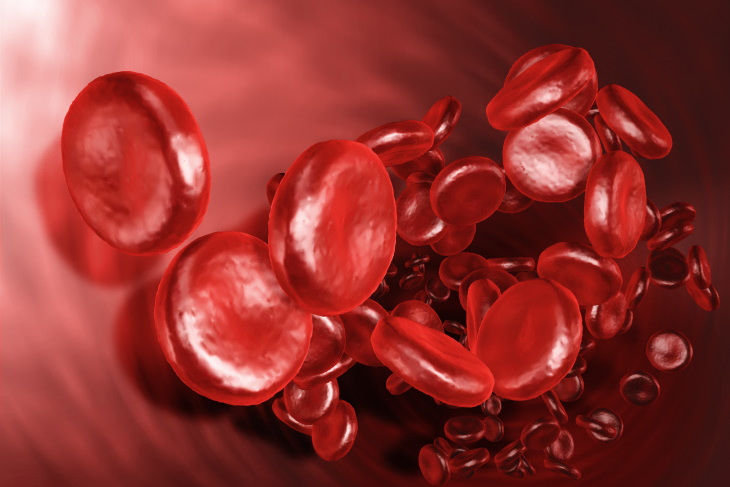
- Underlying health conditions, such as heart disease, hypertension, cancer, arthritis, diabetes, polycystic ovary syndrome, and even past COVID-19 make you more likely to get a blood clot.
- Medications. Birth control and hormonal therapies can increase your risk of blood clots.
- Surgery and trauma can leave people immobile for long periods of time, which can further increase the risk of getting a blood clot.
- Travel. Long flights or drives lead to prolonged sitting, which can increase one’s risk of developing a blood clot by 2-4 times in the following weeks.
We discuss these specific categories in the article Are You at Risk of a Blood Clot? in greater detail. A blood clot stuck in a blood vessel can lead to deep vein thrombosis (DVT), stroke, or pulmonary embolism - which can be potentially life-threatening.
Symptoms of a blood clot vary depending on the location of the blood clot and range from asymptomatic to pain, difficulty breathing, chest pain, numbness in the face or arms, and coughing up blood. For a comprehensive review of symptoms, go here - Symptoms of a Dangerous Blood Clot. It doesn't matter if you’ve already experienced a blood clot in the past or just want to prevent it because you’re at a higher risk of developing one, here are some simple habits you can incorporate into your daily routine that will help stave off blood clots.
1. Wear loose-fitting clothes, socks, or footwear.
Tight-fitting garments, especially pants and clothes that constrict the waist, as well as socks and footwear can cut off circulation to your lower body. Since blood clots most commonly form in the veins of the legs, ensuring good circulation is key for preventing blood clots.
As for those who have a history of thrombosis, compression socks, sleeves, and stockings may be beneficial for preventing a blood clot from forming or moving to the lungs. This compression clothing is fitted in a way that reduces swelling and improves blood circulation.
2. Elevate your legs while sleeping or occasionally.
Hiking your legs up to the height of 6 inches (15 cm) above the level of your heart is a simple and effective way to prevent blood clots, especially if you’re at risk of developing a thrombus. Elevating your legs will help keep your circulation going even in your sleep. You can use a special pillow to raise your legs, or simply put a stack of books under your mattress.
Sleeping with your legs elevated can also reduce swelling in the legs and feet and relieve the discomfort that accompanies poor blood circulation and swelling. If sleeping with legs raised is not your thing, you can also elevate your legs occasionally, like when you’re watching TV on the couch or reading something.
3. Hydration is key.

Dehydration can thicken blood, which may cause a blood clot to form or break off. Stay hydrated by drinking plenty of water - enough for your urine to be pale yellow or almost clear in color. It may be somewhat unsavory to read or track the color of urine, but it’s truly the best objective way to make sure that you’re well-hydrated.
A review article published in The Journal of Nutrition also suggests that drinking purple grape juice or red wine in moderation can help prevent blood platelets from becoming stuck to each other - all thanks to their high antioxidant (polyphenol) content.
4. Try not to bump or hurt your legs and try not to cross them.
Have you bumped your knee lately? If so, you may have noticed some bruising. Well, guess what? That bruise is a blood clot too, but don’t worry - it’s likely not the dangerous kind. In people who have a high risk of thrombosis, seemingly injuries like banging your leg real hard against a table or just the habit of sitting with your legs crossed for a long time can cause a dangerous blood clot.
So try to be careful with the way you sit and move the furniture around a bit if there’s a specific table or couch that keeps giving you bruises.
5. Do not sit or stand for extended periods of time.
The lack of movement and activity is a serious widespread issue, especially for those who have a higher risk of developing a blood clot. On its own, inactivity can cause a thrombus, so try to move around as much as you can, even if you suffer from a health condition that limits your movement or have a job that requires you to sit at a desk all day or travel long distances.
The Centers for Disease Control and Prevention (CDC) recommend moving around and stretching your legs every 2-3 hours as a way to prevent a blood clot. You can also do leg exercises, such as lifting one foot at a time or rotating your ankles, to wake up the legs and improve blood circulation. On a similar note, the CDC advises that you take breaks and move around every hour or so when you’re traveling for more than 4 hours.
6. Use garlic liberally.
If you enjoy seasoning your food with garlic, you’re in luck, as this humble root vegetable has a number of health benefits. Importantly for the topic at hand, research published in the Journal of Agricultural and Food Chemistry suggests that garlic can help dissolve clusters of platelets that could develop into blood clots. Carefully crush a fresh clove of garlic with the side of the knife to release the beneficial nutrients and flavor, and simply add the garlic to any dish.
7. Stay physically active.
Regular exercise or any physical activity is probably the best way to prevent a blood clot from forming. Exercising your lower legs, in particular, helps maintain healthy circulation. The only thing to keep in mind if you have a high risk of thrombosis is exercise intensity.
If you have been inactive for a prolonged period of time, don’t just to an intensive workout schedule right away. Start with light or moderate activities. Otherwise, you could risk loosening a blood clot that’s already formed.
8. Go easy on the salt.
High salt consumption can increase blood clotting because it impairs the functioning of the endothelium - the inner lining of blood vessels. Studies suggest that people who eat more salt also have a higher risk of developing thrombosis. Therefore, watching your sodium intake closely and making sure that you don’t eat more than the recommended 1 teaspoon of salt (2,300 mg) a day is a crucial aspect of preventing a blood clot.
9. If you smoke, it’s time to stop.
Last but definitely not least - consider quitting if you smoke. Research suggests that smoking conventional cigarettes and e-cigarettes dramatically increases the risk of experiencing a dangerous blood clot. So, ditching this harmful habit will help your odds considerably (apart from lowering your risk of a dozen or more other dangerous health conditions).
We hope that you found this information helpful. Please note that all of these habits are supplemental to your wellbeing and not a replacement for medications prescribed by a doctor. Given the serious risks blood clots pose to health, we strongly advise that you consult a professional if you experience any symptoms of blood clots.
Share this information with those who will find it useful!
 Go to BabaMail
Go to BabaMail



